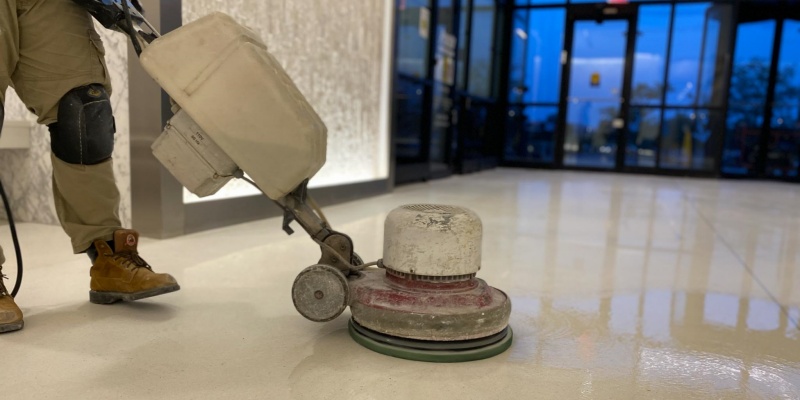Overcoming the Common Challenges of the Terrazzo Floor Grinding2024-04-29
Terrazzo flooring, with its timeless elegance and durability, has been a staple in architecture for centuries. However, maintaining its pristine appearance requires periodic grinding to restore its shine and smoothness. Despite its benefits, terrazzo floor grinding comes with its fair share of challenges. Understanding and addressing these challenges is crucial for achieving optimal results.
One of the primary challenges in terrazzo floor grinding is dealing with surface irregularities such as cracks, chips, or uneven patches. These imperfections can disrupt the grinding process, leading to an uneven finish. To overcome this challenge, it’s essential to conduct a thorough inspection of the flooring beforehand and address any surface defects through patching or repairs. Using the right filling materials and techniques can help create a smoother surface for grinding.
Terrazzo floors are composed of a mixture of marble, granite, quartz, or glass chips embedded in a cementitious or epoxy matrix. Each of these materials has different hardness levels, which can pose challenges during grinding. Harder aggregates may require more aggressive grinding techniques, while softer ones can be prone to excessive wear. To overcome this challenge, it’s important to adjust the grinding process based on the specific composition of the terrazzo floor. This may involve using different grits of diamond abrasives and varying the grinding pressures accordingly.

Choosing the right diamond grinding tools is essential for achieving optimal results in terrazzo floor grinding. Using the wrong tools can lead to inefficient grinding, excessive wear and tear, and potential damage to the flooring surface. Diamond grinding pads are commonly used for terrazzo floor grinding due to their durability and effectiveness. It’s important t select the appropriate grit size and bond hardness based on the condition of the floor and the desired level of polish.
While terrazzo floor grinding presents its share of challenges, proactive planning, proper techniques, and the right equipment can help overcome them effectively. By addressing surface irregularities, adjusting grinding techniques, implementing dust control measures, selecting the right tools, and managing time and cost efficiently, contractors can achieve outstanding results and restore the beauty and luster of terrazzo flooring.
- Company Info
- Feedback
- Customer Reviews
- About Us
- Contact Us
- Blog
- Help Center
- User Center
- Forget Password
- My Orders
- Tracking Order
- My Account
- Register



